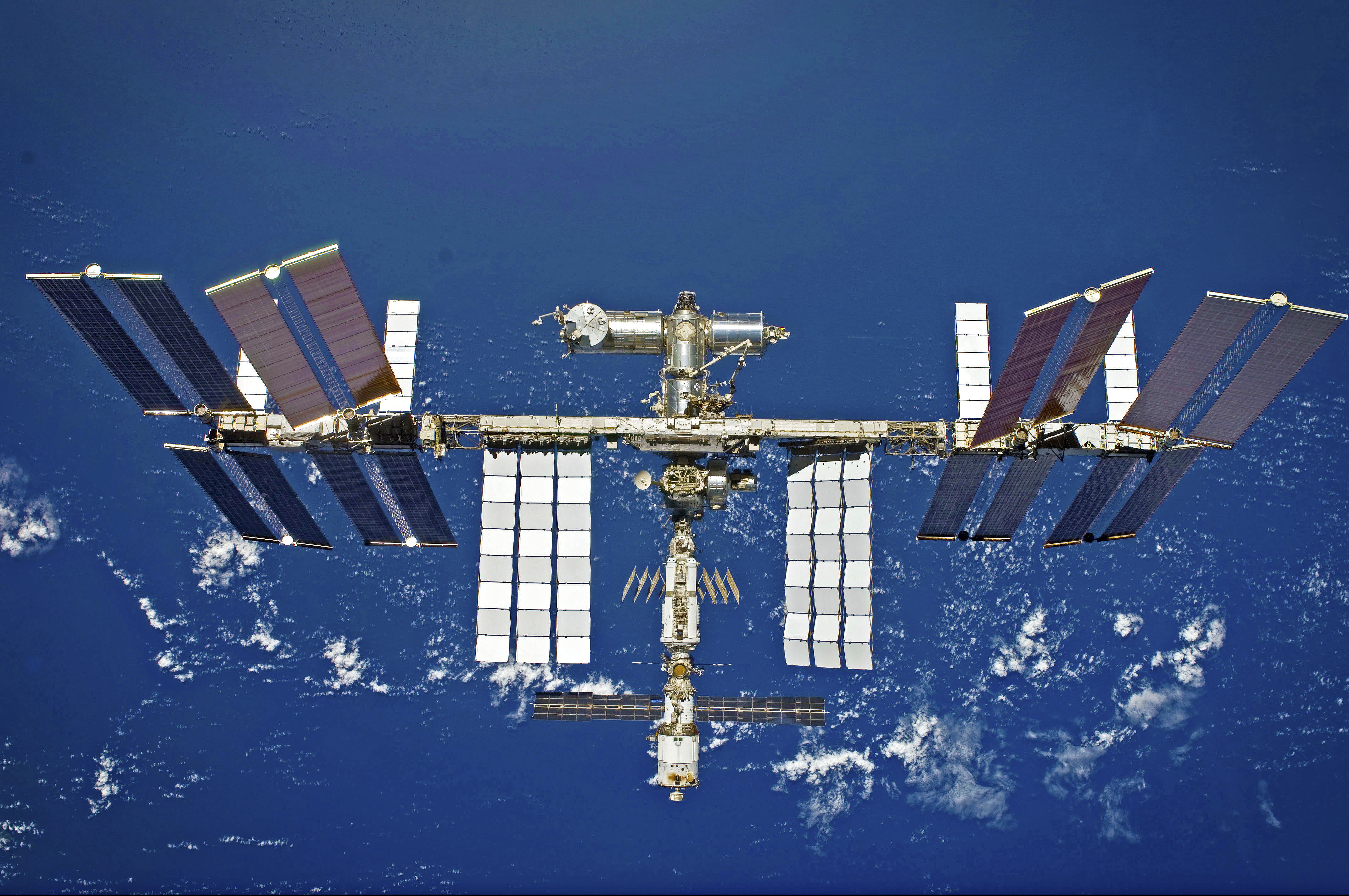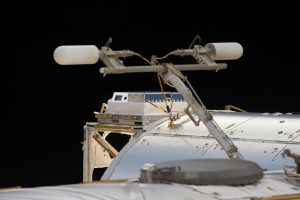For half a decade, cameras mounted outside ESA’s laboratory on the International Space Station streamed video to the world – offering mesmerising views of our planet, much like an astronaut’s gaze.
NASA’s High Definition Earth Viewing project put commercial “off-the-shelf” cameras out in space to see how well they would work, testing their longevity and reliability. The live stream of these cameras reached over 310 million views. They were expected to operate for up to three years but ended up streaming video for over five, until 22 August 2019 when all communication with the four high-definition cameras was lost. Every attempt to restore the connection failed, and in May 2020 the cameras were trashed after being dismantled and sent towards Earth to burn up harmlessly during reentry in the Earth’s atmosphere.
One of the cameras was supplied in cooperation with German Aerospace Center, DLR, together with the universities of Bonn and Bochum who have archived over 60 terabytes of videos and use them for the Columbus Eye project.
The project team published a highlight video least week as a farewell:
Over 350 highlights have been made and teaching materials are available for teacher training courses in German. These are available to download here.
In a recent press release the project writes: “Although the mission has officially ended, we are currently developing further Earth observation sensors on the ISS in order to make them accessible to the public, but above all to schoolchildren, and to vividly communicate interesting phenomena of the coupled human-environment system”.




